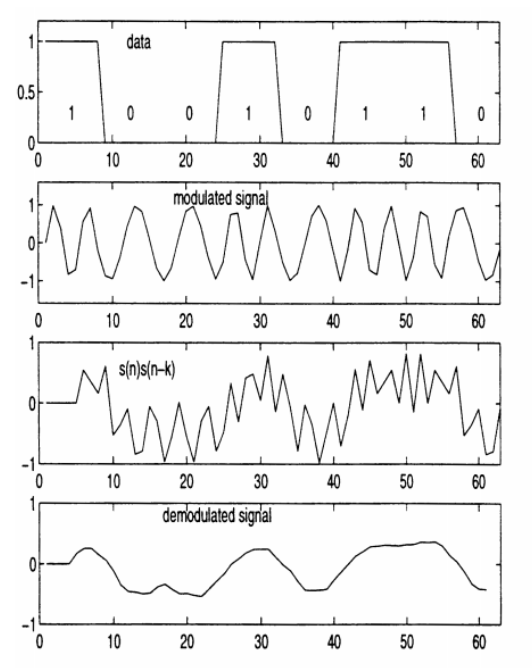Es gibt Lösungen für Telemetrie und Tracking via Audiokanal , aber bis jetzt hat mich keine richtig überzeugt.
Nimmt man einen kleinen IC braucht man noch das ganze drumherum...
Meine Idee war es so etwas für den Arduino zu programmieren, den gibts schon billig und vor allen Dingen fertig zu kaufen.
Seit kurzem Diskutiere ich mit einem Programmierer über die Realisierung. Seine Seite findet ihr hier.
Das ganze auch für den Arduino verfügbar zu machen ist nicht ganz so einfach und übersteigt auch meine Programmierkünste ein bisschen.
Ich habe ihm aber versprochen hier mal auf deutsch anzufragen.
Daher meine Frage:
Hat jemand von euch Lust mit ihm / (uns ) so eine DIY Telemetrie zu entwickeln?
) so eine DIY Telemetrie zu entwickeln?
Gibt es mutige Tester die dann das ganze Testen könnten?
Tester die dann das ganze Testen könnten?
Das Ziel wäre es, das das Modem Telemtriedaten übertragen kann (auch für Antenntracking geeignet). Das ganze soll auf zwei Arduinos aufbauen, z.B.: zwei pro minis.
Wir müssen nicht von Null anfangen, denn Mark hat das ganze schon fertig für den avr, allerdings noch nicht als Library für die Arduino IDE.
Wer gerne helfen möchte, der melde sich bitte kurz zu Wort, dann kann ich ihn gerne auf den neusten Stand bringen.
Wer helfen will aber keinen Ardu hat, dem kann ich gerne zwei pro minis kostenlos zuschicken.
Gruß Max
Nimmt man einen kleinen IC braucht man noch das ganze drumherum...
Meine Idee war es so etwas für den Arduino zu programmieren, den gibts schon billig und vor allen Dingen fertig zu kaufen.
Seit kurzem Diskutiere ich mit einem Programmierer über die Realisierung. Seine Seite findet ihr hier.
Das ganze auch für den Arduino verfügbar zu machen ist nicht ganz so einfach und übersteigt auch meine Programmierkünste ein bisschen.
Ich habe ihm aber versprochen hier mal auf deutsch anzufragen.
Daher meine Frage:
Hat jemand von euch Lust mit ihm / (uns
Gibt es mutige
Das Ziel wäre es, das das Modem Telemtriedaten übertragen kann (auch für Antenntracking geeignet). Das ganze soll auf zwei Arduinos aufbauen, z.B.: zwei pro minis.
Wir müssen nicht von Null anfangen, denn Mark hat das ganze schon fertig für den avr, allerdings noch nicht als Library für die Arduino IDE.
Wer gerne helfen möchte, der melde sich bitte kurz zu Wort, dann kann ich ihn gerne auf den neusten Stand bringen.
Wer helfen will aber keinen Ardu hat, dem kann ich gerne zwei pro minis kostenlos zuschicken.
Gruß Max






